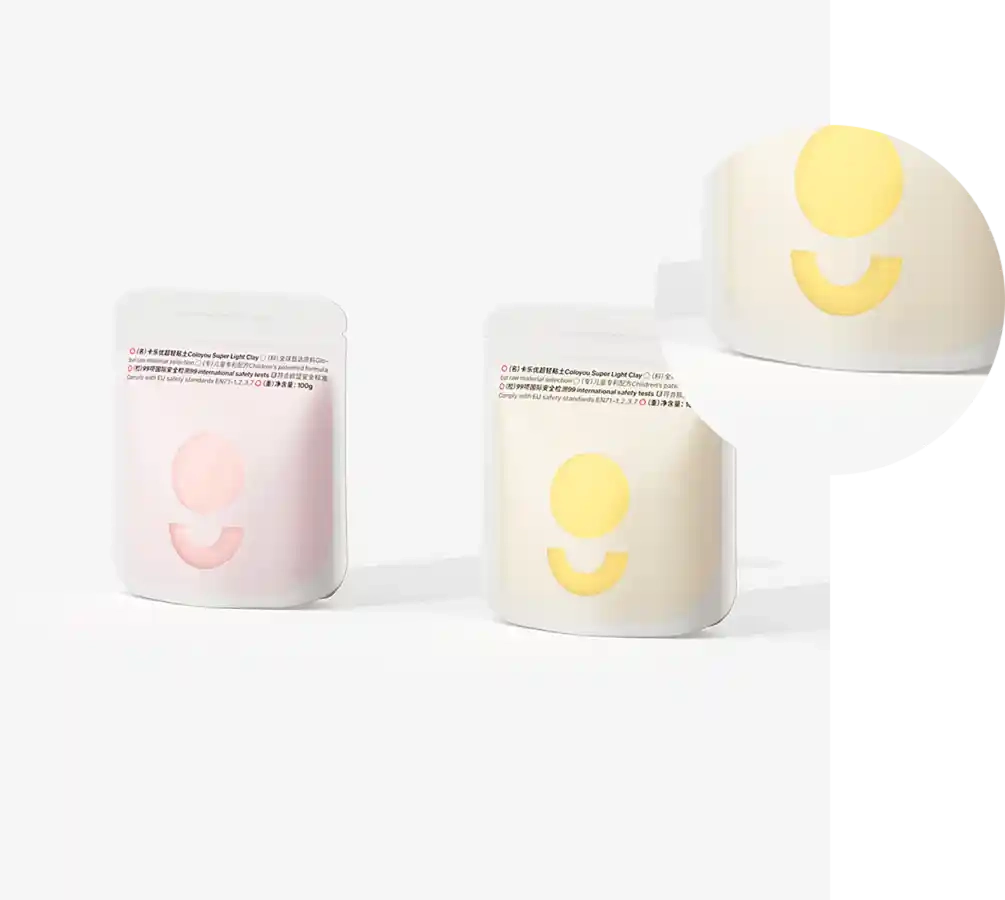- Afrikaans
- Albanian
- Amharic
- Arabic
- Armenian
- Azerbaijani
- Basque
- Belarusian
- Bengali
- Bosnian
- Bulgarian
- Catalan
- Cebuano
- chinese_simplified
- chinese_traditional
- Corsican
- Croatian
- Czech
- Danish
- Dutch
- English
- Esperanto
- Estonian
- Finnish
- French
- Frisian
- Galician
- Georgian
- German
- Greek
- Gujarati
- haitian_creole
- hausa
- hawaiian
- Hebrew
- Hindi
- Miao
- Hungarian
- Icelandic
- igbo
- Indonesian
- irish
- Italian
- Japanese
- Javanese
- Kannada
- kazakh
- Khmer
- Rwandese
- Korean
- Kurdish
- Kyrgyz
- Lao
- Latin
- Latvian
- Lithuanian
- Luxembourgish
- Macedonian
- Malgashi
- Malay
- Malayalam
- Maltese
- Maori
- Marathi
- Mongolian
- Myanmar
- Nepali
- Norwegian
- Norwegian
- Occitan
- Pashto
- Persian
- Polish
- Portuguese
- Punjabi
- Romanian
- Russian
- Samoan
- scottish-gaelic
- Serbian
- Sesotho
- Shona
- Sindhi
- Sinhala
- Slovak
- Slovenian
- Somali
- Spanish
- Sundanese
- Swahili
- Swedish
- Tagalog
- Tajik
- Tamil
- Tatar
- Telugu
- Thai
- Turkish
- Turkmen
- Ukrainian
- Urdu
- Uighur
- Uzbek
- Vietnamese
- Welsh
- Bantu
- Yiddish
- Yoruba
- Zulu
expanded polyethylene foam
Expanded Polyethylene Foam An Overview
Expanded polyethylene foam (EPE foam) is a versatile and widely utilized material in various industries, known for its lightweight, durable, and resilient properties. This closed-cell foam is made from polyethylene, a common plastic polymer, which is expanded through a process that introduces air into the material, resulting in a cellular structure. The unique characteristics of EPE foam make it an ideal choice for packaging, insulation, automotive applications, and even sports equipment.
Composition and Manufacturing Process
The manufacturing of EPE foam begins with the polymerization of ethylene gas to form polyethylene resin. This resin is then subjected to a physical foaming agent—usually a gas such as pentane—under controlled conditions. Upon heating, the gas expands, creating a foam with numerous small, closed cells. This production process can be tailored to achieve varying densities and thicknesses, making EPE foam adaptable for different applications.
Key Properties of Expanded Polyethylene Foam
1. Lightweight EPE foam is incredibly lightweight, which reduces transportation costs and makes it easy to handle during manufacturing and packaging processes.
2. Shock Absorption The cellular structure of EPE foam provides excellent shock-absorbing properties, making it ideal for protecting fragile items during shipping and handling.
4. Thermal Insulation EPE foam exhibits good thermal insulation properties, which helps maintain temperature control in sensitive products, such as food items and electronic devices.
5. Chemical Resistance EPE foam is resistant to many chemicals, oils, and solvents, enhancing its durability and longevity in various applications.
6. Eco-Friendly Options Many manufacturers are now producing EPE foam using environmentally friendly processes and materials, allowing for recycling and reducing the overall carbon footprint.
expanded polyethylene foam

Applications Across Industries
EPE foam’s versatility allows it to be used in a variety of industries
1. Packaging One of the predominant uses of EPE foam is in protective packaging. It is commonly used to cushion fragile items, such as electronics, glass, and ceramics during transportation. The lightweight nature of the foam significantly reduces shipping costs, making it a favored option for manufacturers and retailers.
2. Construction and Insulation In the construction sector, EPE foam is employed as insulation in walls, roofs, and floors due to its thermal properties. Its moisture resistance also helps prevent mold and mildew growth in buildings.
3. Automotive The automotive industry utilizes EPE foam for both safety and comfort features. It is found in various components, such as bumpers, interior padding, and soundproofing materials.
4. Sports and Recreation EPE foam is frequently used in recreational equipment, such as pads, helmets, and water floats. Its shock-absorbing qualities provide safety and enhance performance in sports gear.
5. Medical Devices The softness and cushioning properties of EPE foam make it suitable for medical applications, such as orthopedic padding, splints, and protective cases for medical equipment.
The Future of Expanded Polyethylene Foam
As industries continue to focus on sustainability and reducing environmental impacts, the future of expanded polyethylene foam appears promising. Advancements in manufacturing technologies are leading to more eco-friendly options while maintaining the performance characteristics that users expect. Additionally, the rise of online shopping has led to increased demand for high-quality packaging solutions, further driving the need for EPE foam.
In conclusion, expanded polyethylene foam is an exceptional material that offers a plethora of benefits across various applications. Its lightweight nature, durability, shock absorption, and resistance to water and chemicals make it a preferred choice in numerous industries. As innovations continue to emerge, EPE foam will likely play an essential role in fostering environmentally responsible practices while meeting the ever-changing demands of the market. Whether in packaging, construction, automotive, or healthcare, expanded polyethylene foam is here to stay, providing solutions that protect and insulate in a wide range of environments.













